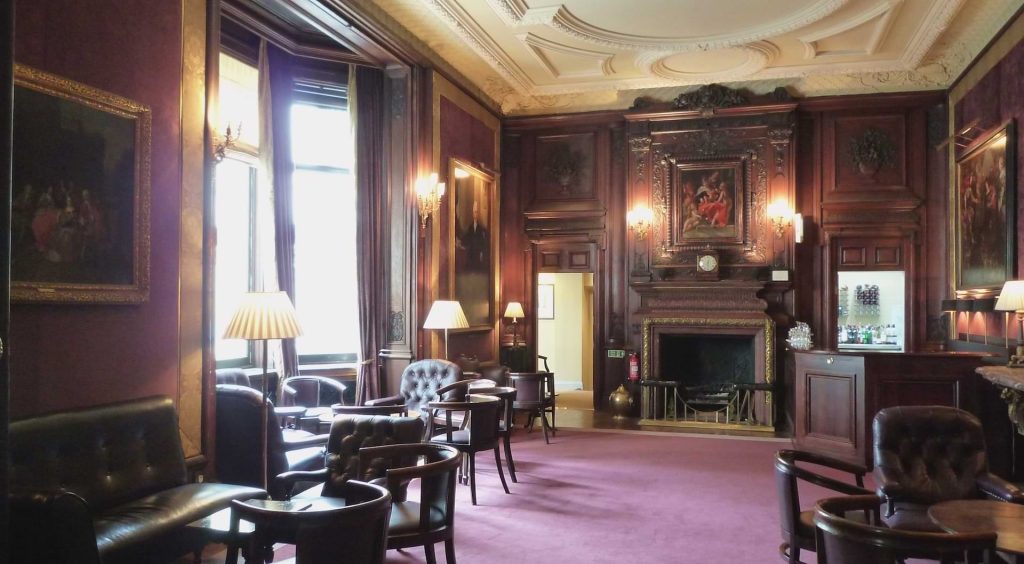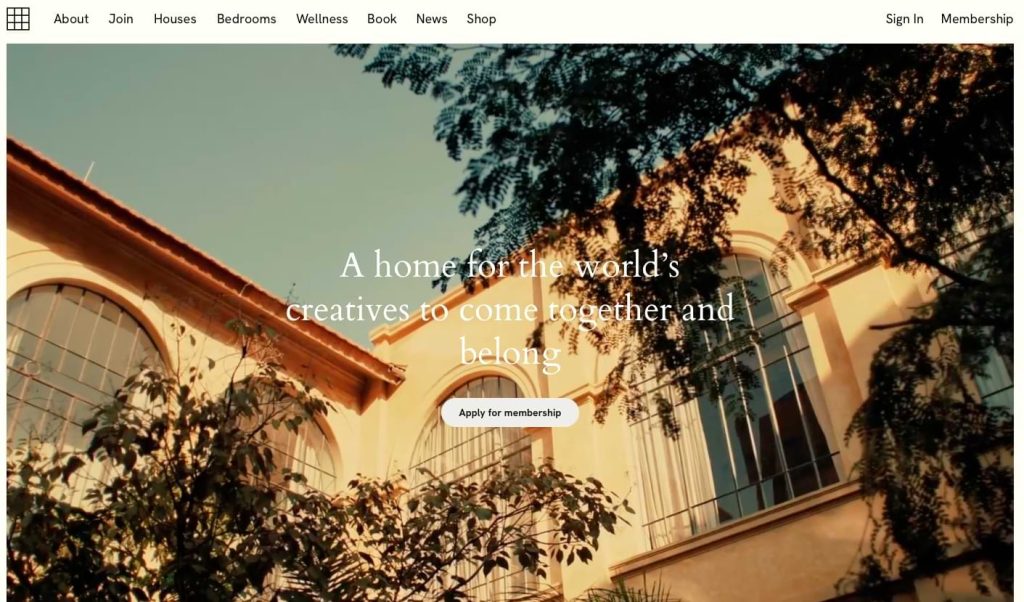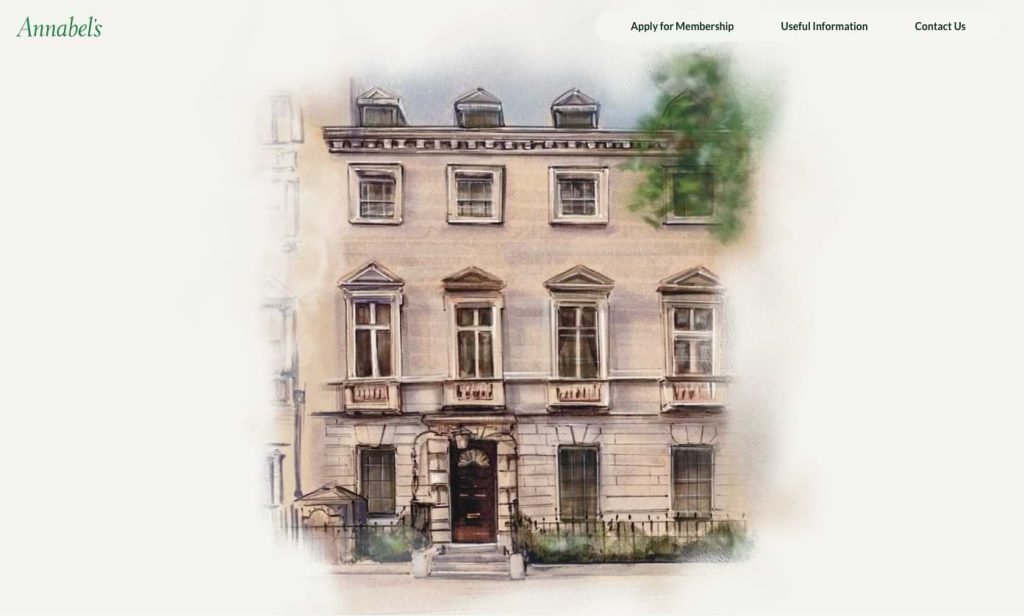Private members’ clubs have long held a unique place in society, combining exclusivity, community, and a sense of belonging for their select members. These clubs, steeped in history, have evolved from the bastions of aristocracy to hubs of creativity, innovation, and networking.
In this article, we delve into the origins of private members’ clubs, their historical significance, and some of the most iconic clubs in the world today.
The Origins of Private Members’ Clubs

Private members’ clubs trace their roots to 17th and 18th-century London, where establishments like coffee houses served as gathering places for the intellectual elite.
Over time, these informal spaces evolved into exclusive clubs where like-minded gentlemen could socialize, network, and discuss politics, arts, and business away from the public eye.
White’s: The Quintessential Gentleman’s Club
Founded in 1693, White’s in London is one of the oldest and most prestigious gentleman’s clubs in the world. Initially established as a hot chocolate house, White’s transitioned into a private members’ club by the mid-18th century.
Known for its exclusivity and tradition, the club remains a symbol of aristocratic culture, admitting only male members and counting royalty among its patrons.
The Union Club: Manhattan’s Pioneer

In 1836, Manhattan witnessed the establishment of its first private members’ club: The Union Club. Modeled after London’s elite clubs, it catered to America’s emerging class of industrialists and socialites.
The Union Club set a precedent for many such establishments in the United States, where exclusivity and shared values were central tenets.
The Australian Club: A Cornerstone of Tradition

Established in 1878 in Sydney, The Australian Club is one of the oldest private clubs in the Southern Hemisphere. It remains a beacon of exclusivity, hosting Australia’s most influential figures in politics, business, and law.
The club’s emphasis on discretion and its long-standing traditions have made it a revered institution in the country.
The Athenaeum: A Haven for Intellectuals

Founded in 1824, The Athenaeum in London is renowned for its commitment to intellectual pursuits. The club was designed as a space for writers, scientists, and thinkers, including luminaries such as Charles Dickens and Charles Darwin.
With its iconic library and focus on scholarship, The Athenaeum stands apart as a bastion of culture and academia in the private members’ club world.
The Modern Renaissance of Private Members’ Clubs
The 20th century witnessed a shift in the purpose and perception of private members’ clubs. Moving beyond the rigid hierarchies of the past, clubs like London’s Groucho Club (1985) and Soho House (1995) opened their doors to creative professionals and younger generations, marking the advent of more inclusive and dynamic club experiences.
Soho House: A Global Phenomenon

With over 40 locations worldwide, Soho House has redefined the private members’ club concept. Focused on fostering creativity, the club attracts artists, filmmakers, and innovators.
Each location is carefully designed to reflect its local culture, offering a blend of luxury, community, and inspiration.
The Clubhouse Model: Local and Purposeful

Clubs like The Conduit in London and The Battery in San Francisco have embraced a purpose-driven ethos, centering their missions on social impact, sustainability, and innovation.
These clubs represent a new wave of exclusivity, where membership is not only about status but shared values and meaningful connections.
The World’s Most Iconic Private Members’ Clubs Today
If you look at some of the most iconic private member’s clubs today, there are a few that stand out from the crowd. Here are some of them:
Annabel’s – London, UK

One of London’s most glamorous clubs, Annabel’s has hosted royalty and Hollywood stars since 1963. Renowned for its opulent interiors and unmatched service, Annabel’s offers everything from fine dining to exclusive events, cementing its status as a haven for the elite.
5 Hertford Street – London, UK

Known for its discretion and elegance, 5 Hertford Street is a favorite among political figures and global tastemakers. With intimate dining rooms and vibrant nightlife, the club epitomizes contemporary luxury.
Zero Bond – New York City, USA

A modern addition to the New York scene, Zero Bond caters to a younger, influential crowd. Combining chic design with curated programming, the club has quickly become a social hub for creatives and entrepreneurs.
The Australian Club – Sydney, Australia
Continuing its legacy of exclusivity, The Australian Club remains a prestigious institution where tradition meets modernity. Its elegant premises and deep historical roots make it a pillar of Sydney’s elite social scene.
Roppongi Hills Club – Tokyo, Japan

Located in the heart of Tokyo, the Roppongi Hills Club offers stunning city views, world-class dining, and an international membership. It serves as a nexus for global business leaders and cultural enthusiasts in Asia.
Conclusion: The Enduring Appeal of Private Members’ Clubs

Private members’ clubs have undergone significant transformations while retaining their core appeal—exclusivity, community, and shared values. From the historical grandeur of White’s and The Athenaeum to the dynamic creativity of Soho House and The Conduit, these clubs continue to shape social and cultural landscapes globally.
As they adapt to modern sensibilities, private members’ clubs remain a fascinating blend of tradition and innovation, offering a window into the past while paving the way for the future.


